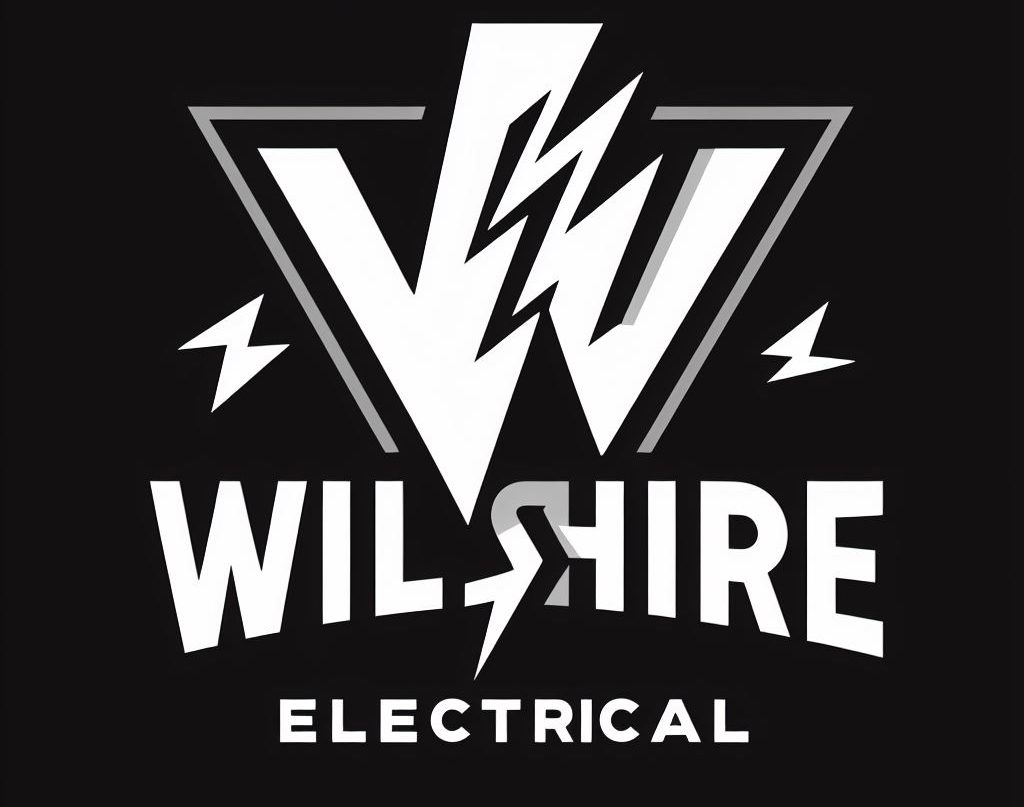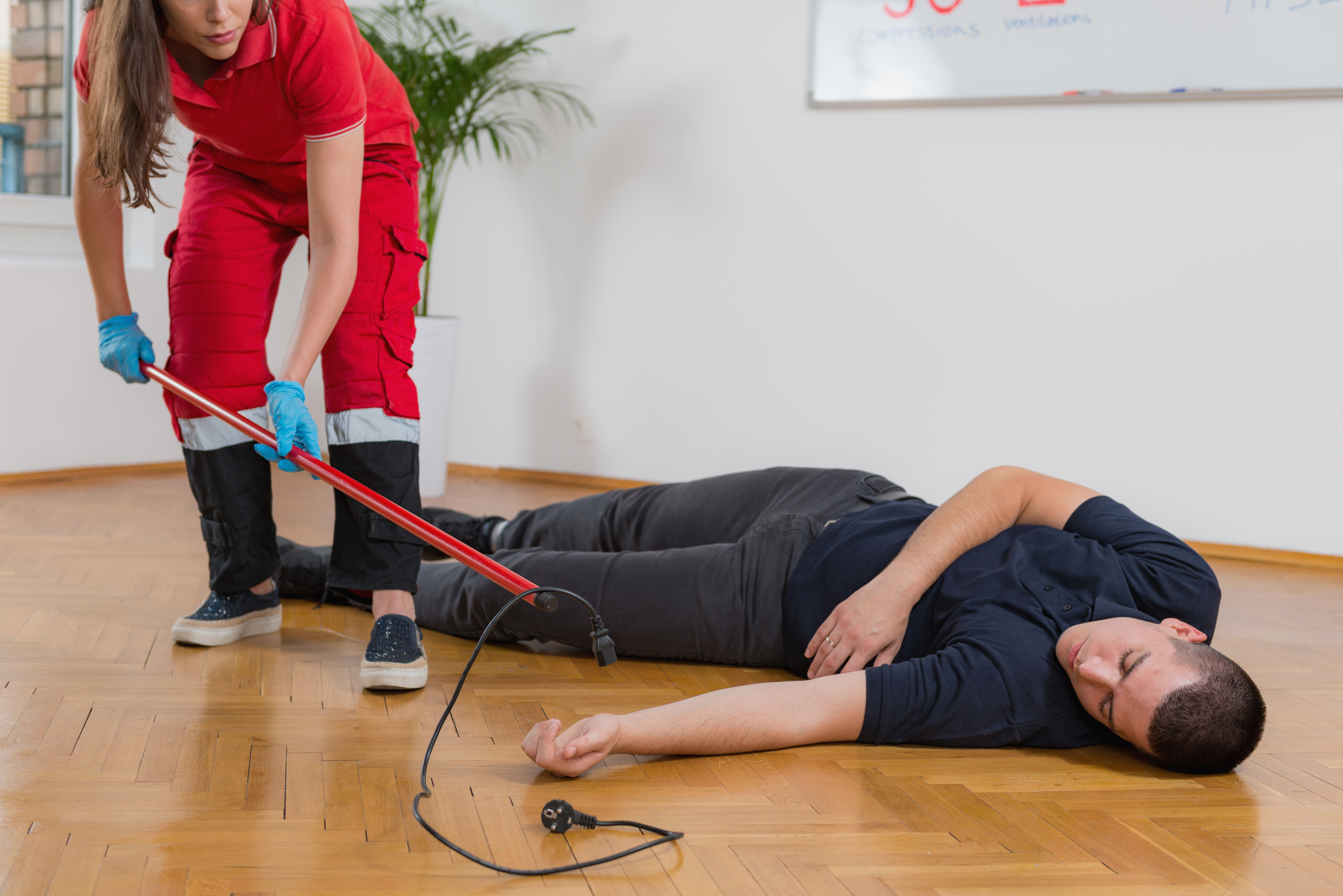
Are you looking to tackle electrical projects with confidence and peace of mind? Look no further! As an experienced electrician, I’ve created the ultimate guide to help you stay safe while working with electricity. From understanding regulations and guidelines to following safety standards, this essential guide has got you covered. So, let’s dive in together and ensure your electrical work is not only efficient but also safe.
Understanding Notifiable Electrical Work
Understanding notifiable electrical work is crucial for ensuring compliance with Building Regulations and promoting electrical safety in various settings. Notifiable electrical work requirements include rewiring, providing electricity to outbuildings, replacing fuse boxes, and electrical work in kitchens, shower rooms, or bathrooms. To find registered electricians, you can visit the CPS schemes website. They have a list of electricians who are qualified to carry out notifiable work. It is important to choose a registered electrician to ensure that the work is done safely and meets the required standards. By hiring a registered electrician, you can have peace of mind knowing that the work will be carried out by a professional who understands the regulations and has the necessary skills and qualifications.
Non-Notifiable Electrical Work: What You Need to Know
Non-notifiable electrical work can be performed without notifying building control or using a registered electrician. However, it is important to remember that even minor electrical work can still pose safety risks. Therefore, it is crucial to take safety precautions and be aware of common electrical hazards. When undertaking non-notifiable electrical work, it is essential to ensure that the power is turned off before starting any work. This will help prevent electric shocks. Additionally, it is important to use appropriate personal protective equipment, such as insulated gloves and safety goggles, to protect yourself from potential accidents. Common electrical hazards to watch out for include faulty wiring, overloaded circuits, and exposed electrical parts. By being cautious and following safety guidelines, you can minimize the risk of accidents and ensure the safety of yourself and others.
The Importance of Following Safety Standards in Electrical Work
As an electrician, it is crucial to always adhere to the safety standards and guidelines when performing electrical work. Following safety standards not only protects yourself but also ensures the safety of others and prevents accidents or electrical hazards. Two important aspects of electrical safety are electrical safety training and understanding electrical equipment maintenance.
| Importance of Electrical Safety Training | Understanding Electrical Equipment Maintenance |
|---|---|
| Ensures knowledge of safe practices and procedures | Regular maintenance prevents equipment failure |
| Teaches proper use of tools and equipment | Inspections identify potential safety hazards |
| Increases awareness of electrical hazards | Repairs and replacements are done promptly |
| Promotes a safety culture in the workplace | Proper storage and handling of equipment |
| Reduces the risk of accidents and injuries | Proper grounding and insulation of electrical components |
Building Regulations for Electrical Work: Dwellings Vs. Industrial/Commercial Buildings
When conducting electrical work, it’s important to know that the Building Regulations cover electrical installation work in dwellings, while industrial or commercial buildings fall under the jurisdiction of the Electricity at Work Regulations 1989. For commercial buildings, there are specific electrical work regulations that need to be followed to ensure safety. Common safety risks in electrical work include electrical shocks, fires, and equipment failure. It is important to have a thorough understanding of the regulations and safety procedures to minimize these risks. The Health and Safety Executive (HSE) oversees electrical installation work in industrial or commercial buildings, and they provide guidance on the necessary requirements. It is crucial to follow these regulations and guidelines to ensure the safety of both workers and occupants of the building.
The Role of the Health and Safety Executive in Electrical Installation Work
As an electrician, my role is to ensure the safety of electrical installation work, while the Health and Safety Executive (HSE) oversees and provides guidance on the necessary requirements. The HSE plays a crucial role in electrical installation work by setting safety measures and regulations that need to be followed. They are responsible for enforcing the Electricity at Work Regulations 1989, which cover electrical installations in industrial and commercial buildings. They also conduct inspections and investigations to ensure that electrical work is carried out safely. The HSE provides guidance and resources to help electricians understand their responsibilities and stay updated on the latest safety standards. By working in conjunction with the HSE, electricians can ensure that electrical installation work is done in compliance with the necessary safety measures.
Requirements for Safe Fixed Connections of Electrical Appliances
I frequently ensure that all fixed connections of electrical appliances are safe and meet the requirements set by Building Regulations. To achieve this, I follow safe wiring practices and emphasize the importance of regular electrical inspections. Here are four key points to consider:
- Proper installation: I ensure that electrical appliances are installed correctly, following the manufacturer’s instructions and using appropriate wiring methods.
- Secure connections: I make sure that all electrical connections are securely fastened, using proper connectors and ensuring that wires are properly stripped and inserted.
- Insulation protection: I check that all wires are properly insulated to prevent any risk of electrical shock or short circuits.
- Grounding: I ensure that all electrical appliances are properly grounded to prevent electrical hazards and minimize the risk of electrical fires.
Ensuring Safety: Notification of Work and Safety Checking
To ensure safety during electrical work, I recommend notifying the appropriate authorities and conducting thorough safety checks. The notification process is crucial to inform the relevant parties about the planned electrical work. This can be done by either using a registered electrician from a competent person scheme or submitting a Building Regulation application to a building control body. Competent Person Schemes allow electricians to certify their own work as safe without notifying Building Control, providing safety certification for the work. It is important for electricians to provide an Electrical Installation Certificate for tested work, ensuring that all safety standards have been met. Building Control Partnership can provide guidance on the procedures and requirements for safety checking, ensuring that the electrical work is compliant and safe.
Building Notice Submission for Electrical Work: Procedures and Charges
Two important procedures to follow when submitting a Building Notice for electrical work are completing the application form and making the necessary payment to the Building Control Partnership. Here are the steps to take:
- Fill out the Building Notice application form accurately and provide all required information.
- Ensure that the payment for the Building Notice is made to the Building Control Partnership. The charges for notifiable electrical work will depend on the qualifications and experience of the person carrying out and testing the installation.
- Payment can be made either by cheque or online, according to the preferred method of the Building Control Partnership.
- Once the application form is completed and the payment is made, submit both to the Building Control Partnership for processing.
Useful Resources and Links for Electrical Work
One helpful resource for electrical work is the Electrical Safety First website, which provides general guidance and information. This website is a valuable tool for understanding electrical work regulations and finding registered electricians. It offers useful resources such as guidelines on notifiable electrical work and information on Building Regulations. The website also provides links to competent person schemes where you can find registered electricians who can certify their own work as safe. This is important for ensuring that electrical installations are carried out by qualified professionals who meet the necessary requirements. By utilizing the Electrical Safety First website, you can gain access to a wealth of knowledge and resources to help you stay safe and compliant when undertaking electrical work.










